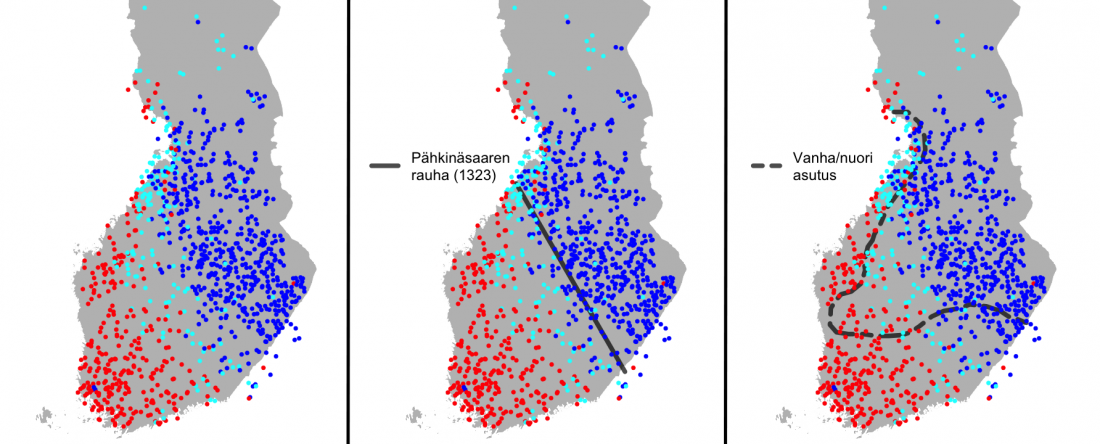Two papers have been recently published, offering another interesting use of ancient DNA analysis for Archaeology and, potentially, Linguistics.
Open access Ancient DNA reveals the chronology of walrus ivory trade from Norse Greenland, by Star, Barrett, Gondek, & Boessenkool, bioRxiv (2018).
Abstract (emphasis mine):
… Read the rest “Tracking material cultures with ancient DNA: medieval Norse walrus ivory trade, and leather shields from Zanzibar”The search for walruses as a source of ivory -a popular material for making luxury art objects in medieval Europe- played a key role in the historic Scandinavian expansion throughout the Arctic region. Most notably, the colonization, peak and collapse of the medieval Norse colony of Greenland have all been attributed to the proto-globalization of

